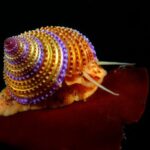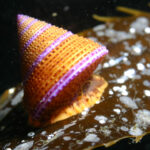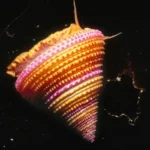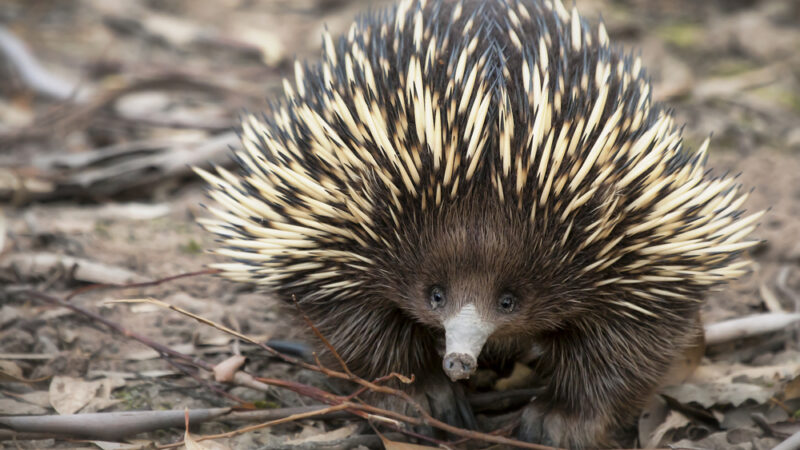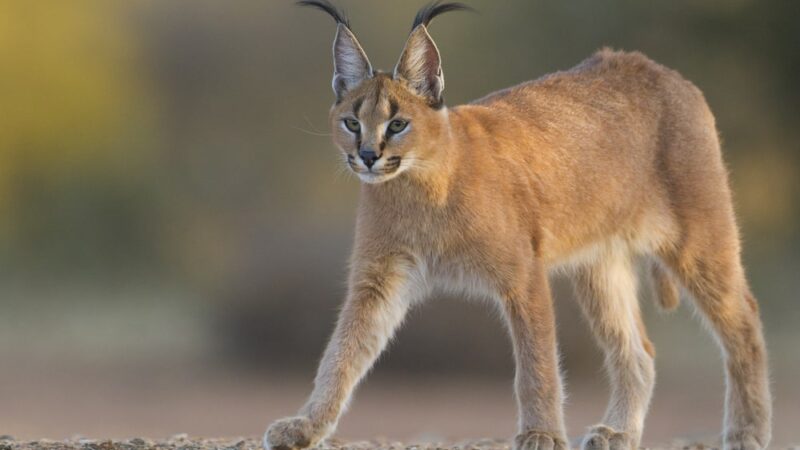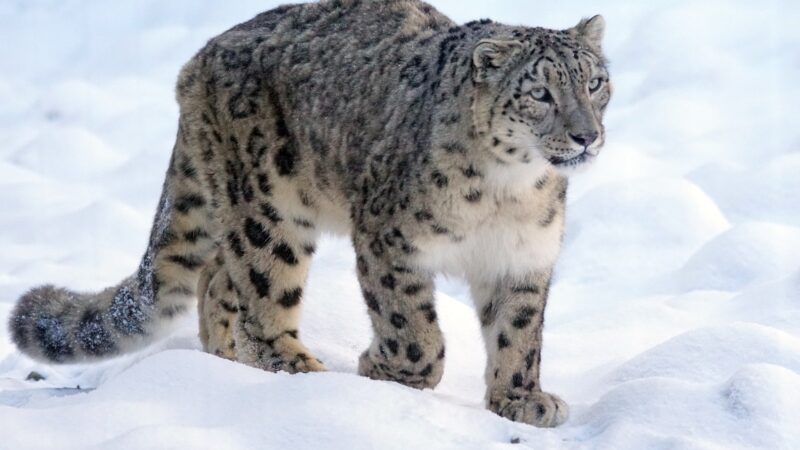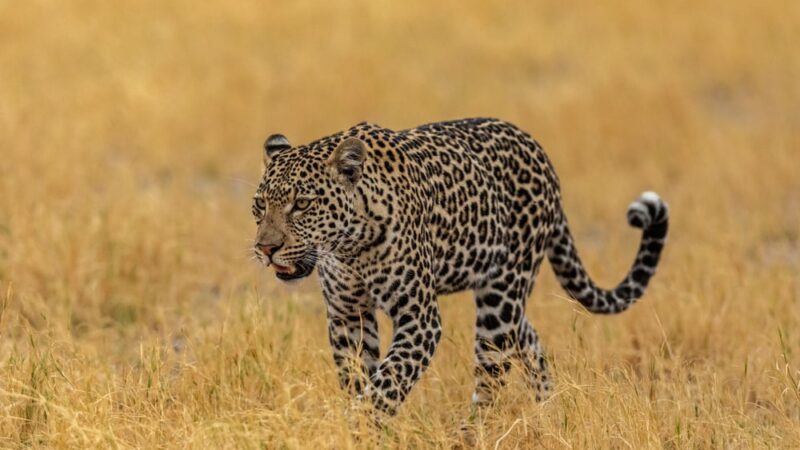Top Snail
Top Snail RANGE and HABITAT
Top snails get their common name because if you turn their shell upside down and on the point, they resemble spinning top toys. Top snails have a coiled interior and eat algae; this helps separate them from similarly shaped, non-coiled snails such as limpets. Like limpets, top snails are well designed to handle rough waters, so they’re often found in tidal habitats, however, these invertebrates have a global range living from polar to tropical seas.
Top snails are commonly associated with shallow water regions, especially rocky shorts where they can hide in cracks and crevices during the day. In fact, some top snails live inside empty barnacle shells! Some species are found in deep water and can even survive in soft bottom substrate such as mud or sand.
Top Snail APPEARANCE
Top snails are also called top shells because of their shell shape. It’s worth nothing, however, that there are somewhere around 500 living top snail species and their shell shape can greatly vary! Some are flat and have a silhouette similar to an ice cream cone, but others are far rounder. Some have ornamentation along their spiral and others are smooth. Some are squat and others are thin and long. In size they range from less than half an inch to nearly six inches (1 to 15 cm) in shell length!
The inside of their shell is covered in nacre which gives it a pearly sheen and they have an operculum. The operculum is like a lid to their shell. It’s connected to their fleshy body and when they pull themselves fully inside, the lid shuts tight on their shell opening.
Top Snail DIET and THREATS
Like land snails, top snails have stalked eyes. They also have tentacles for sensing their environment and a raspy tongue for scraping at hard surfaces. This is called a radula. Nearly all top snail species eat algae. There is one outlying genus (Umbonium), however, that filter feeds!
This group creates a sticky glob of mucus to gather particles in the water and eats it! Although there is extremely limited research on this, some observations suggest that top snails can be poisonous to consume because the algae they eat is also poisonous. Larger top snails are eaten by people, so this could be useful information to study further! These snails are also collected for their shells which are used to make jewelry and buttons.
Top Snail LIFE CYCLE
Top snails occur in separate sexes, there are males and females in each species. In fact, in some species the females grow larger than the males, perhaps to accommodate her production of eggs. These invertebrates lay their eggs in gelatinous masses or long strings and they’re fertilized externally. Free swimming snail’s larvae hatch from these eggs and live among the plankton until they settle into adult life. Some top snail larvae, however, crawl along the seafloor instead of floating through the water column.
Top Snail NO PAIRS!
Did you know snails have kidneys? Well, some of them do, but not top snails. Top snails have only one kidney, specifically the left kidney because their right kidney can’t fit inside their tightly coiled shell! In fact, top snails don’t have a pair of gills either. They only have the left gill arch. This loss of right gills is common among other aquatic snails!
For more information: Wikipedia, Animal Fact Files
